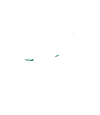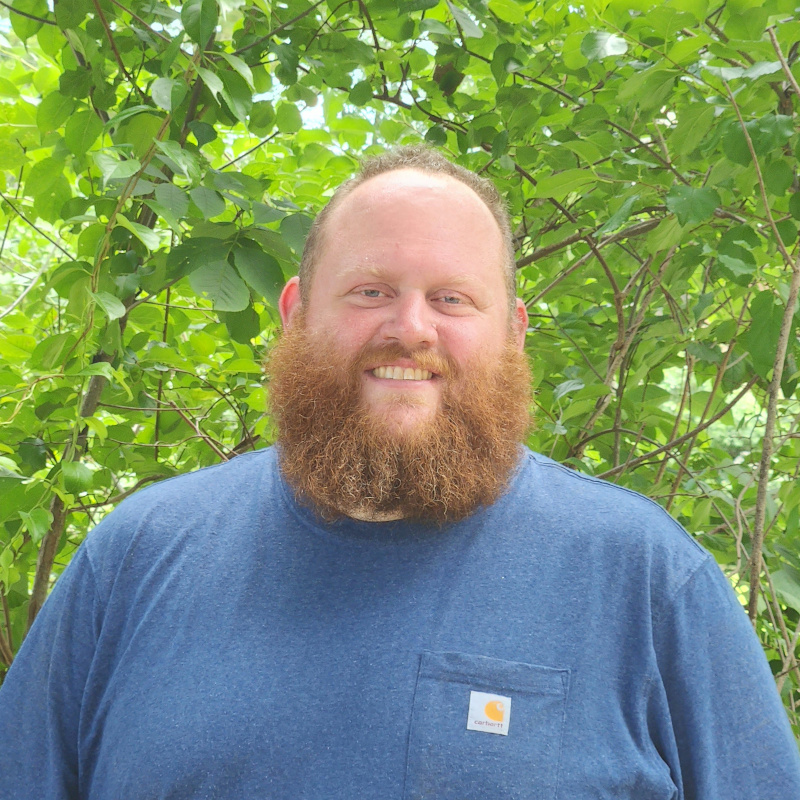On Friday June 24 observers gathered at the LLT Dark Sky Site for a night of astronomy indulgence. The night began with a review of celestial mechanics — how the earth’s axis tilt and daily rotation gives rise to the way we see stars and constellations rise in the east and set in the west. This was translated in turn into how a properly-equipped telescope mount aligns with the earth’s rotational axis and allows us to observe an object in the eyepiece without it drifting out of the field of view. And then all attendees were given a hands-on lesson on manipulating the 8” Schmidt Cassegrain telescope and locating objects in the finderscope and then the main eyepiece.
As it got dark, we polar aligned our telescopes and began spotting one star after another as they peeked out from the sun’s remaining light. Then constellations and asterisms came into full view. We located the North Star Polaris, and the Little Dipper and Big Dipper, then arc’ed to Arcturus in Boötes, and spiked to Spica in Virgo. From there we highlighted each of the visible zodiacal constellations from west to east. In the eastern sky, we reminded ourselves of the Summer Triangle consisting of Deneb in Cygnus, Vega in Lyra, and Altair in Aquila.
All of that done, it was time to jump into the telescopes. The attendees were shown where Alberio was with a laser pointer, and then they proceeded to find Alberio in the 8” SCT — on their own! One by one they observed that Alberio was in fact two stars, a binary star system, each with a distinctively different color hue.
The remainder of the night was spent looking at various Globular Clusters in the eastern and southern sky, all residing near the wide band of the Milky Way. Globular Clusters are made up of tens to hundreds of thousands of stars, densely packed into a round halo of stars. This is contrasted with Open Clusters, which are looser associations of gravitational bound stars numbering in the dozens to hundreds or thousands of stars. Two notable objects we saw were M13, a globular cluster in Hercules, and M11, aka the Wild Duck, in Scutum.
Our session ended when the nightly dew overwhelmed our telescopes, but not before we all enjoyed the rising summer sky in all its glory. Come join us at our next session, and you too can get checked out on the 8” SCT!
Photo 1 – Alberio in Cygnus; Photo 2- M13 in Hercules; Photo 3 – M11, the Wild Duck, in Scutum
All photos by Alan Sheiness









